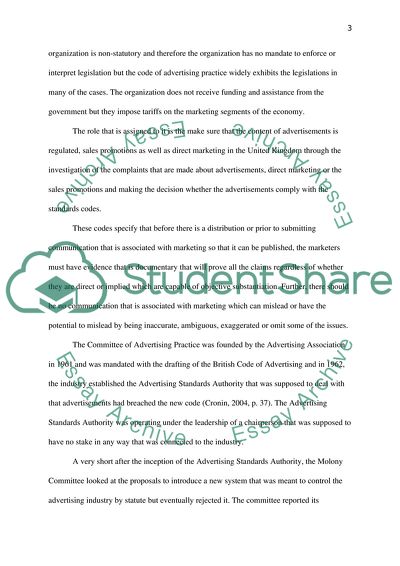Cite this document
(Alcohol Advertising in the UK: A Critical Study of Ethical Issues and Debates Essay Example | Topics and Well Written Essays - 2500 words, n.d.)
Alcohol Advertising in the UK: A Critical Study of Ethical Issues and Debates Essay Example | Topics and Well Written Essays - 2500 words. https://studentshare.org/journalism-communication/1825877-alcohol-advertising-in-the-uk-a-critical-study-of-ethical-issues-and-debates
Alcohol Advertising in the UK: A Critical Study of Ethical Issues and Debates Essay Example | Topics and Well Written Essays - 2500 words. https://studentshare.org/journalism-communication/1825877-alcohol-advertising-in-the-uk-a-critical-study-of-ethical-issues-and-debates
(Alcohol Advertising in the UK: A Critical Study of Ethical Issues and Debates Essay Example | Topics and Well Written Essays - 2500 Words)
Alcohol Advertising in the UK: A Critical Study of Ethical Issues and Debates Essay Example | Topics and Well Written Essays - 2500 Words. https://studentshare.org/journalism-communication/1825877-alcohol-advertising-in-the-uk-a-critical-study-of-ethical-issues-and-debates.
Alcohol Advertising in the UK: A Critical Study of Ethical Issues and Debates Essay Example | Topics and Well Written Essays - 2500 Words. https://studentshare.org/journalism-communication/1825877-alcohol-advertising-in-the-uk-a-critical-study-of-ethical-issues-and-debates.
“Alcohol Advertising in the UK: A Critical Study of Ethical Issues and Debates Essay Example | Topics and Well Written Essays - 2500 Words”. https://studentshare.org/journalism-communication/1825877-alcohol-advertising-in-the-uk-a-critical-study-of-ethical-issues-and-debates.


